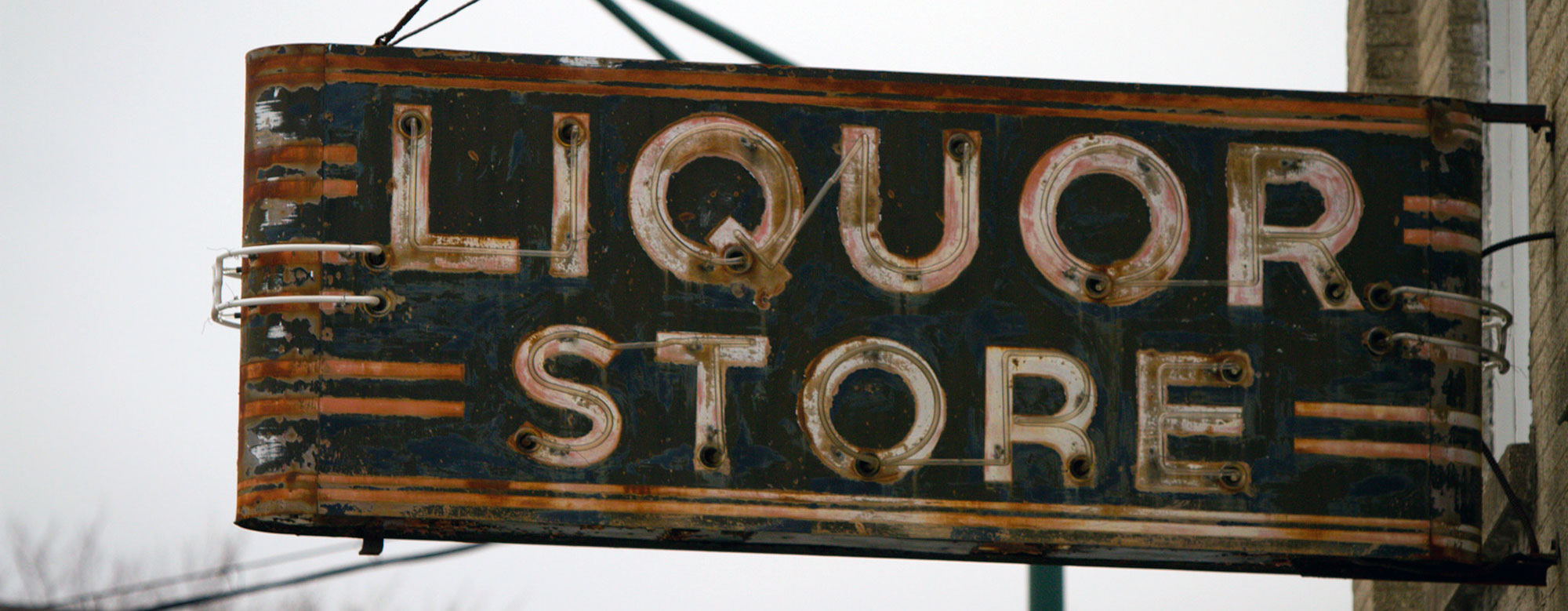A 10% increase in access to alcohol outlets was significantly associated with a 4.2% rise in violent crime in Baltimore, MD, a new study from ARG postdoctoral fellow Pamela Trangenstein found. Trangenstein and her team from Johns Hopkins also assessed whether the type of outlet made a difference, with results showing that greater access to off-site outlets was associated with a 4.4% increase in violent crime compared to 3% for on-site. This is the first ecologic study in the U.S. to use spatial access methods to compare on- and off-site outlets.
On-site outlets permit the purchase and consumption of alcohol on the premises, such as at bars and restaurants where staff can manage and regulate how much and how quickly people drink. Off-site outlets, such as liquor or convenience stores, sell alcohol that is consumed off premises where drinking cannot be monitored and managed by staff.
The researchers also looked at outlets that sell and permit drinking both on- and off-site called “taverns,” and found a 10% increase in access was associated with a 4.2% increase in violent crime.
Both taverns and off-site outlets were linked to higher rates of homicide, aggravated assault, and robbery. On-site outlets were only associated with sexual assaults.
The results are concerning, in particular for poorer neighborhoods where residents had greater access to liquor, beer and wine stores, the type of outlets associated with the greatest harms.
“Research repeatedly shows that greater access to outlets is associated with violent crime, but we know not all outlets are equally bad,” said lead author and ARG postdoctoral fellow Pamela Trangenstein. “We’re trying to use more accurate measurement to pinpoint which types of outlets pose the most harms for neighborhoods.”
The study, which assessed data from 1,204 outlets in Baltimore, MD, was published today in Alcoholism: Clinical and Experimental Research.
“With an ongoing homicide epidemic, Baltimore continues to apply widespread efforts to reduce these types of crimes. Our work suggests that tighter alcohol regulations aimed at decreasing access to off-site outlets could be one of the most sustainable and cost-effective ways to address violent crime.”
Trangenstein, PJ., Curriero, FC., Webster, D., Jennings, JM., Latkin, C., Eck, R., Jernigan, DH. (2018) Outlet type, access to alcohol, and violent crime. Alcoholism: Clinical and Experimental Research: View and download the abstract.
Research reported in this press release was supported by the U.S. National Institute on Alcohol Abuse and Alcoholism (NIAAA) of the National Institutes of Health under award number T32AA007240, Graduate Research Training in Alcohol Problems: Alcohol-related Disparities and P50AA005595, Epidemiology of Alcohol Problems: Alcohol-Related Disparities (W. C. Kerr). The content is solely the responsibility of the authors and does not necessarily represent the official views of NIAAA or the National Institutes of Health.
If you are interested in arranging an interview with Pamela Trangenstein, PhD, please contact Diane Schmidt, communications specialist at the Alcohol Research Group at (510) 898-5819 or dschmidt@arg.org.






